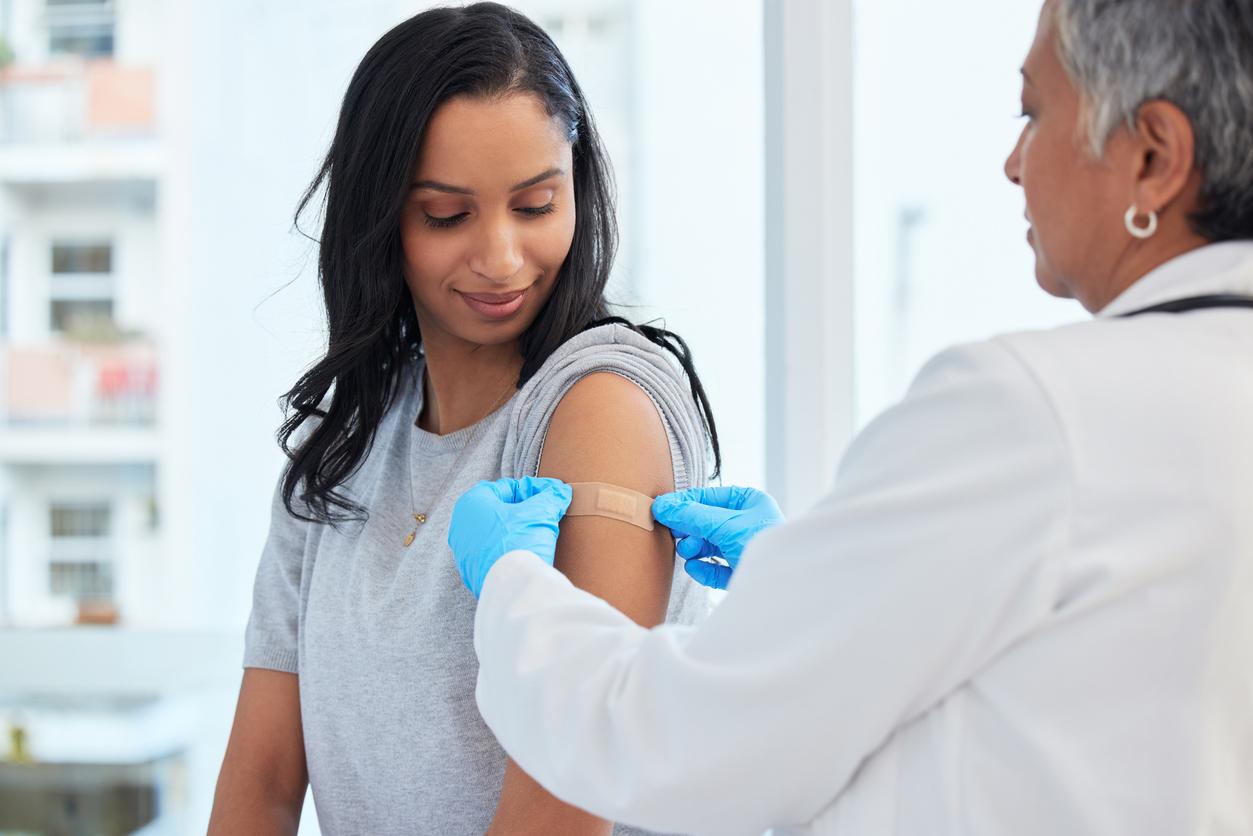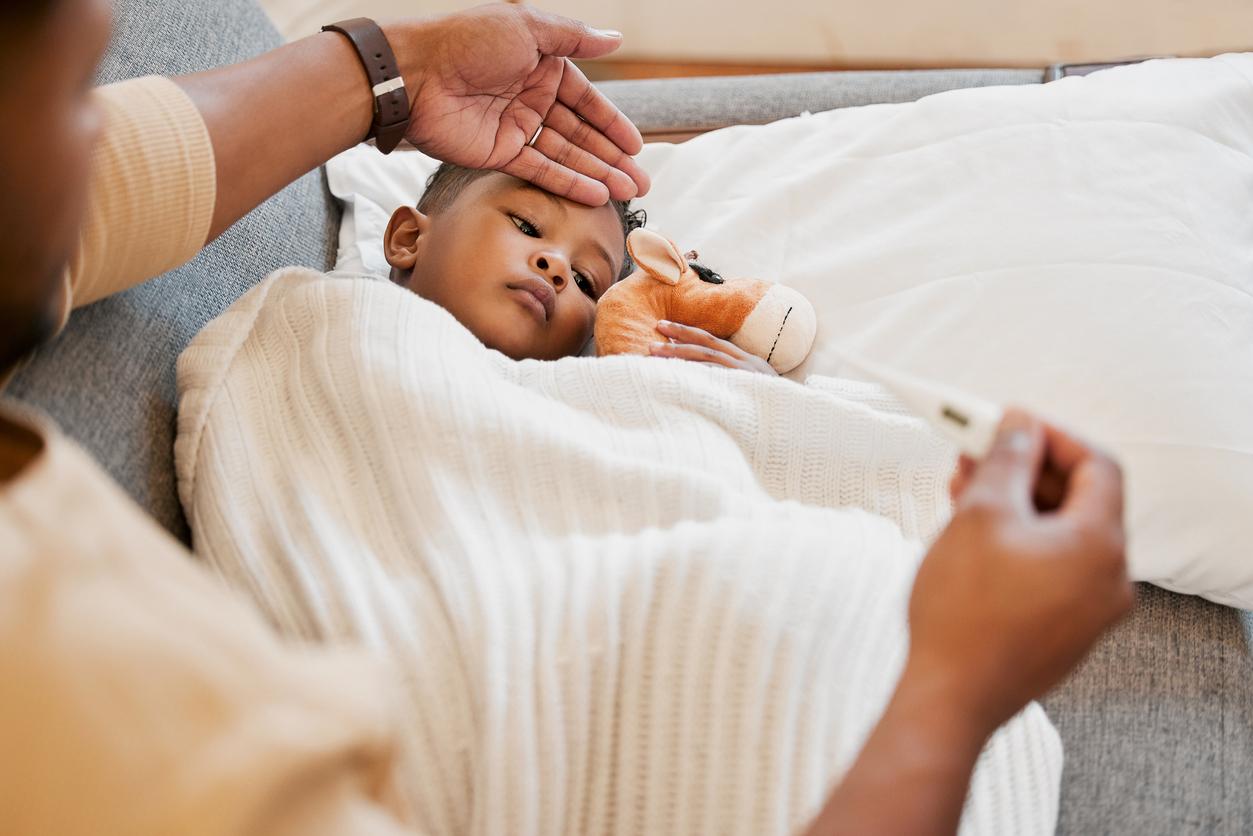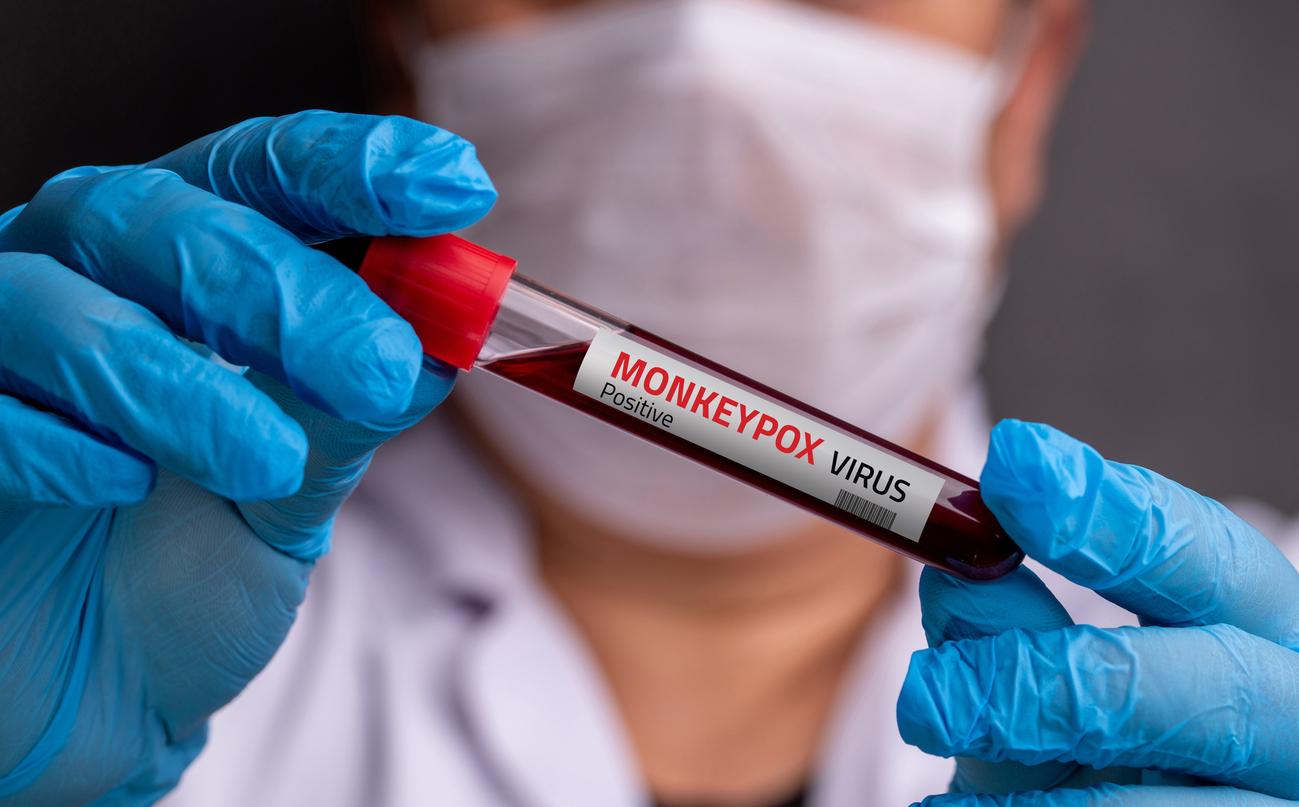In Liberia, a mother transmitted the virus to her husband and sons a year after being infected, researchers show in a study released on July 24. She had never been diagnosed.

Ebola continues to be of concern. And for good reason, since a cured patient could infect other people after the disappearance of symptoms, reveal scientists in a study published Tuesday, July 24 in the journal The Lancet Infectious Diseases. The authors are based on a case that occurred in 2015 where a patient allegedly transmitted the virus to her family even though she herself no longer suffered from the infection.
On November 17, 2015, a 15-year-old boy went to a hospital in Monrovia, the capital of Liberia, showing the typical symptoms of Ebola: he vomited, sometimes blood, said he was very tired, suffered from severe headaches. and diarrhea. Transferred to an Ebola Treatment Center (ETC) to receive appropriate treatment, he died there a few days later. For more security, his parents and his three little brothers (eight years, five years and two months) are taken care of in the same place. After blood tests, doctors find that the father and the eight-year-old baby are also infected. They had shown the same symptoms as the youngster who died in the past but had tried to treat themselves.
By analyzing the mother, scientists discover that it was she who infected the family: the 33-year-old young woman has antibodies to Ebola in her blood and milk. She had therefore also been infected before but had never been diagnosed or taken care of.
Infected mom had never heard of Ebola
When questioned by doctors, she says she fell ill in July 2014 after spending time with her dying brother. He was a nurse in a health center and reportedly took care of Ebola patients at the start of the epidemic, but at that time, caregivers still did not know anything about the virus. Having never heard of the disease, the mother therefore did not go to the hospital and had a miscarriage a few months later.
A year passes and she gives birth to her last child. Then, a few weeks later, suffering from great fatigue and breathing difficulties, she went to the hospital. Doctors treat her for anemia, give her a blood transfusion and prescribe antimalarial medicine without testing for Ebola infection.
The resurgence of the virus could be linked to the changes that take place during pregnancy, the researchers say. “It is possible that the mother still had the virus or had a resurgence of the infection after her pregnancy in September 2015 and then fell ill in October. During this period, she was able to transmit protective antibodies to her infant, “they note. However, they do not know how she could have transmitted Ebola to her husband. Indeed, no case of sexual transmission from a woman has occurred. ‘has been demonstrated again.
Thus other bodily fluids than semen could possibly transmit the virus. “We have no clear indication of the mode of transmission from mother to husband. (…) Most likely, transmission between family members took place during close physical interaction,” the researchers explain.
Persistence of Ebola could “cause continued risk of resurgence of cases”
Moreover, this story shows that outbreaks of infection could reappear, they worry. “Despite the current absence of active chains of transmission of the Ebola virus in West Africa, its persistence could cause a continued risk of a resurgence of cases and have the potential for a large-scale epidemic, if not detected quickly. and controlled, “warns Emily Kainne Dokubo, of the US Center for Disease Control and Prevention (CDC), responsible for this work. And to conclude: “The countries confronted with the virus must continue to strengthen their health system to be able to detect cases and act quickly to prevent the spread of the virus”.
Ebola is an infectious agent which causes often hemorrhagic fevers in humans and other primates. There is currently no approved treatment for the disease it causes and its mortality rate ranges from 25 to 90% in humans. During the deadly epidemic that raged between 2013 and 2016, Liberia (4.5 million inhabitants) was the country most affected. Of the 11,300 dead mainly concentrated in this state and two neighbors, Guinea and Sierra Leone, 4,800 had been recorded there. If Ebola is still raging in Africa today (new cases have just been diagnosed in the Democratic Republic of the Congo), the vaccine developed at the end of 2016 has helped calm the epidemic in the region.
.














